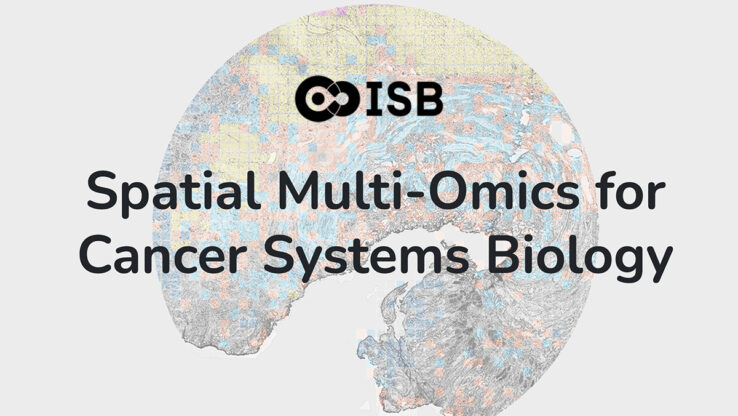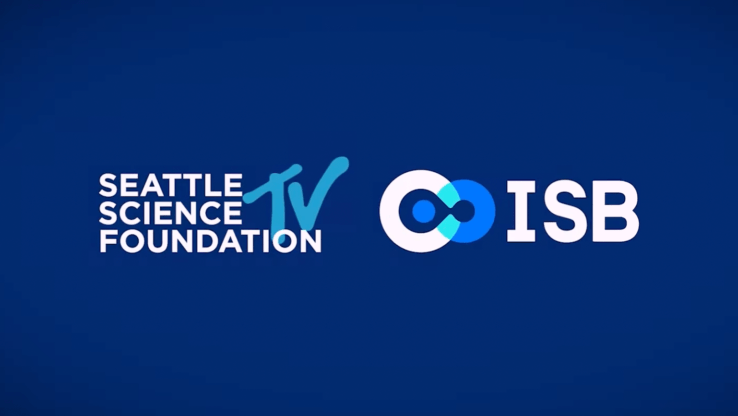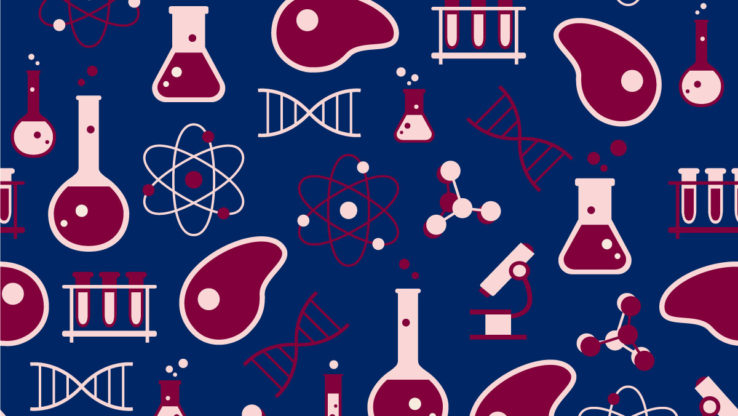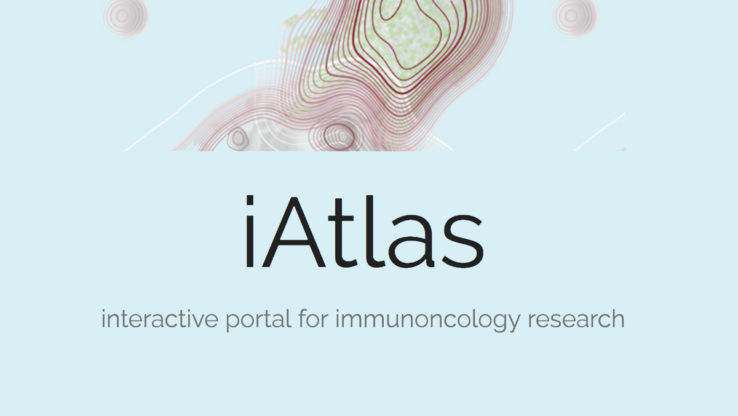July 23, 2014
3 Bullets:
- Gastric cancer has a high mortality rate, but current classification systems haven’t been effective in helping to identify subtypes relevant for treatment of the disease.
- TCGA researchers have integrated molecular data from 295 stomach tumors and have discovered four subtypes of gastric cancer.
- Stratification of patients into these four subtypes paves the way for the development of new personalized therapies.
By Theo Knijnenburg
Gastric cancer is among the top five of the world’s leading causes of cancer mortality, responsible for about 723,000 deaths in 2012. Current classification systems for gastric cancer exist, but they are of little clinical utility. So there is a great need for robust stratification to improve diagnosis and patient therapy. As part of The Cancer Genome Atlas Project (TCGA), researchers at ISB and their collaborators have developed and applied a variety of computational approaches to integrate diverse molecular data from 295 primary stomach tumors. These analyses contributed to a new classification system that separates gastric cancer into four distinct molecular subtypes. This research, published in Nature online on July 23, 2014, may help lead to the development of new targeted therapies.
By studying the genomic and molecular basis of gastric cancer, researchers were able to single out the characteristics of these four new subtypes – EBV (Epstein-Barr virus-infected), MSI (microsatellite instability), GS (genomically stable) and CIN (chromosomal instability).
Tumors of each subtype were found throughout the stomach, but CIN tumors occurred more often in gastroesophageal junction and cardia, while most EBV-positive tumors were present in the gastric fundus or body. Yet, the molecular differences between these subtypes are of primary importance and will help to guide personal therapy of this disease.
This gastric cancer paper marks the tenth TCGA publication that describes the comprehensive molecular characterization of a major cancer type. In 6 out of these 10 projects, ISB researchers played an important role in the analysis and integration of the diverse molecular data measured for these tumors. ISB also developed interactive visualization tools such as Regulome Explorer and GeneSpot to make it easier for the research community at large to explore data sets.
A great example where TCGA is leveraged to aid cancer studies is the recent collaboration between ISB and Seattle’s Fred Hutchinson Cancer Research Center around CTCF, a frequently altered gene in cancer. Brady Bernard, a senior research scientist at ISB, helped to overlay TCGA data with data obtained from cancer mouse models, allowing the researchers to establish CTCF as a prominent tumor-suppressor gene and point to CTCF-mediated epigenetic stability as a major barrier to cancer progression. This work was recently published in Cell Reports. The ongoing efforts within TCGA will be the basis for many clinical cancer studies and novel therapies, and ISB researchers will continue to contribute to this important endeavor.
Journal: Nature
Title: Comprehensive Molecular Characterization of Gastric Adenocarcinoma
Authors: The Cancer Genome Atlas Research Network [full author list link] | At ISB, Dr. Ilya Shmulevich was one of the co-chairs of this research project. Substantial contributions to the manuscript came from members of his lab, including from Research Scientist Vesteinn Thorsson who also coordinated data integration and analysis.
Link: nature.com/nature/journal/vaop/ncurrent/full/nature13480.html


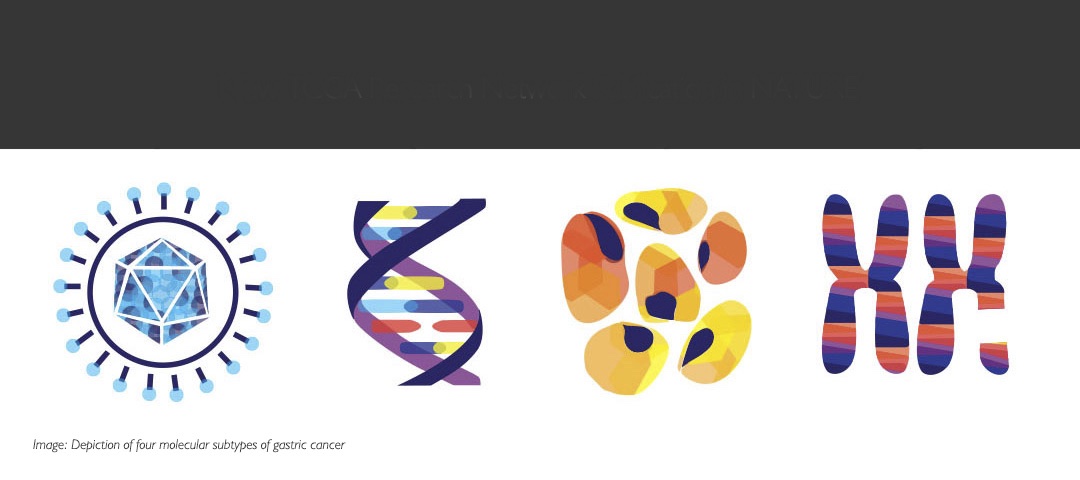
 isbscience.org/research/identifying-four-new-subtypes-of-gastric-cancer-that-may-lead-to-new-targeted-treatments/
isbscience.org/research/identifying-four-new-subtypes-of-gastric-cancer-that-may-lead-to-new-targeted-treatments/

